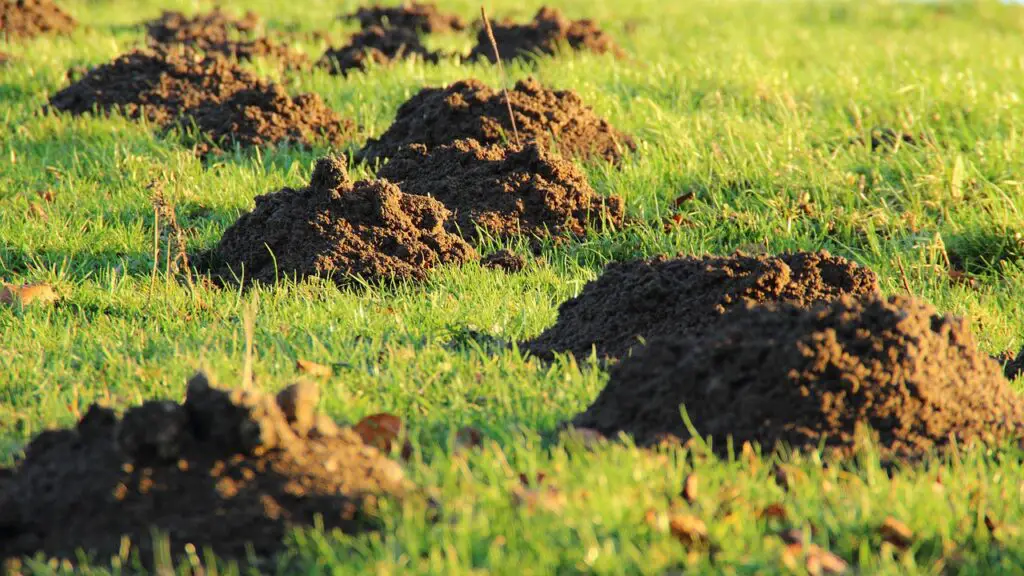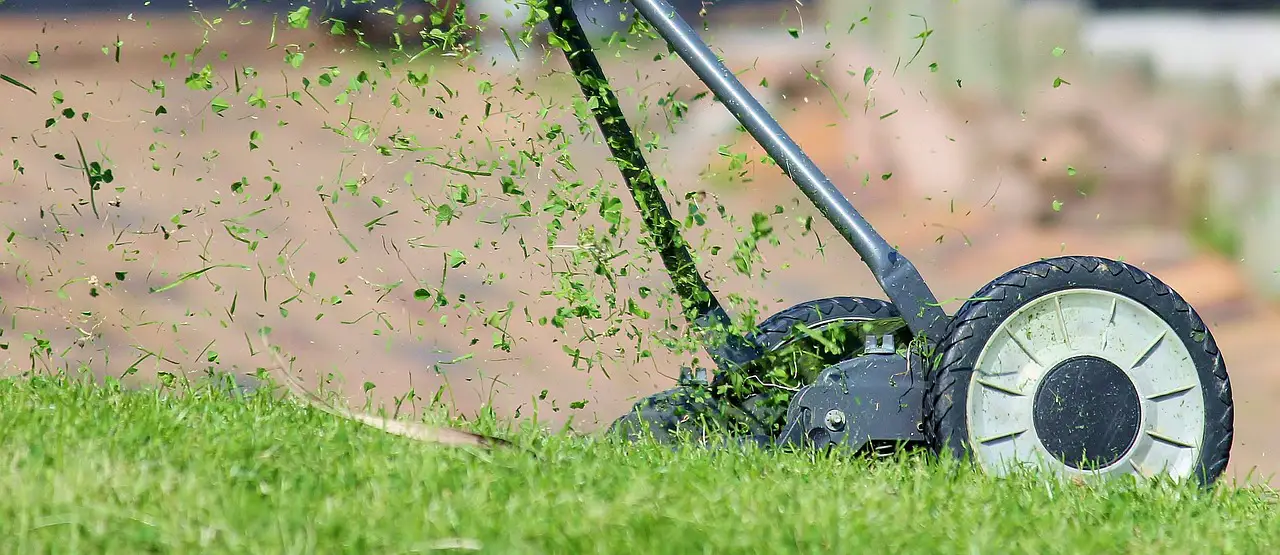As winter approaches, it’s important to take steps to ensure that your lawn is properly prepared for the cold, harsh weather ahead. By taking the necessary precautions, you can help protect your lawn and set it up for success when spring arrives. In this article, we will discuss some key steps you can take to prepare your lawn for winter.

Clear Debris
The first step in preparing your lawn for winter is to clear any debris that has accumulated on your lawn over the course of the year. This includes fallen leaves, branches, and other debris that can prevent your lawn from receiving the necessary sunlight and nutrients it needs to thrive. Be sure to rake your lawn thoroughly and remove any debris from the surface.
Leaves and debris can suffocate your lawn and prevent it from getting the sunlight and nutrients it needs to thrive. Be sure to rake up any fallen leaves and remove any debris from your lawn before the first snowfall.
You can also use a mulching mower to chop up leaves and other debris and leave them on your lawn as a natural fertilizer. Just be sure to chop the leaves up finely so they don’t smother your grass.
Mow Your Lawn
Another important step in preparing your lawn for winter is to mow your lawn one last time before the first frost arrives. This will help ensure that your grass is at the proper height going into winter, which can help prevent damage from snow and ice. Be sure to lower the blade of your mower gradually over the last few mowings of the season to avoid removing too much of the grass blades at once.
Fertilize Your Lawn
Applying fertilizer to your lawn is an important step in preparing it for winter. A high-quality winter fertilizer can help strengthen your lawn’s roots and increase its tolerance to cold temperatures. Be sure to choose a fertilizer that is specifically designed for winter use and follow the manufacturer’s instructions carefully when applying it to your lawn.
Fertilizing your lawn is an important part of preparing it for winter. Applying a slow-release fertilizer in the fall can help your grass grow stronger and healthier roots, which will help it survive the winter and come back stronger in the spring.
Look for a fertilizer with a high nitrogen content and follow the instructions on the package for the best results. Be sure to water your lawn after applying the fertilizer to help it absorb the nutrients.

Aerate Your Lawn
Aerating your lawn before winter can also be beneficial in promoting healthy growth in the spring. By creating small holes in the soil, you can improve airflow and help water and nutrients penetrate deeper into the soil. This can help promote healthy root growth and improve the overall health of your lawn. Consider hiring a professional lawn care service to aerate your lawn if you do not have the necessary equipment.
Aerating your lawn is the process of creating small holes in the soil to allow air, water, and nutrients to penetrate the roots of your grass. Aeration can help reduce soil compaction and improve the overall health of your lawn.
There are different ways to aerate your lawn, but one of the easiest and most effective methods is to use a core aerator. This machine removes small plugs of soil from your lawn and leaves them on the surface. These plugs will break down over time and help add organic matter to your soil.
You can rent a core aerator from your local home and garden center, or hire a professional to do the job for you.
Frequently Asked Questions
Q: When should I start preparing my lawn for winter? A: It’s best to start preparing your lawn for winter in the late summer or early fall. This will give your lawn enough time to properly recover from any treatments before winter arrives.
Q: Should I water my lawn before winter? A: Yes, it’s important to continue watering your lawn regularly in the fall, even as the temperatures start to cool. This will help ensure that your lawn receives the necessary moisture it needs to thrive during the winter months.
Q: Is it necessary to remove fallen leaves from my lawn? A: Yes, removing fallen leaves from your lawn is important in allowing your lawn to receive the necessary sunlight and nutrients it needs to thrive. A layer of leaves can also trap moisture and cause your lawn to develop diseases.

